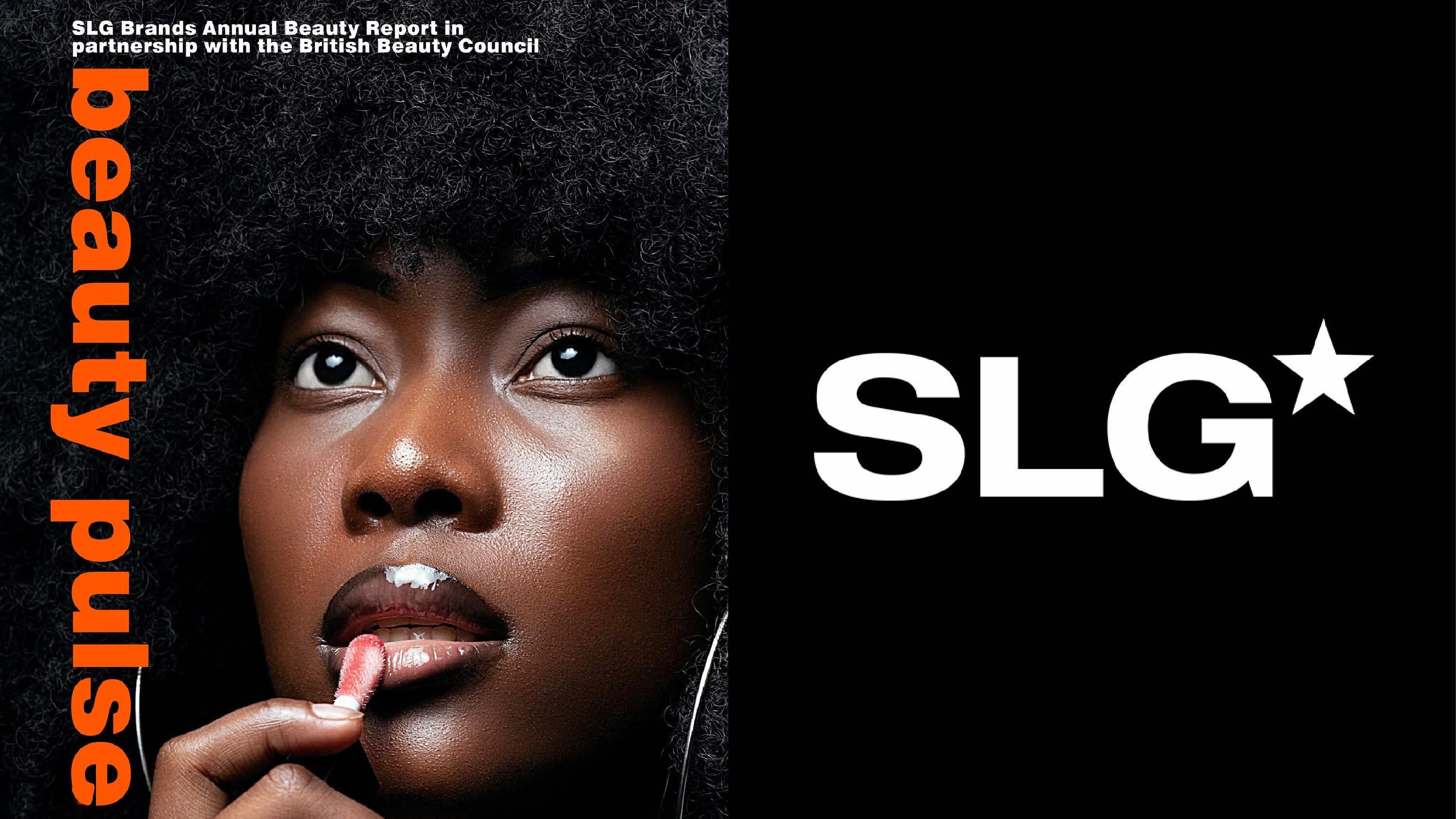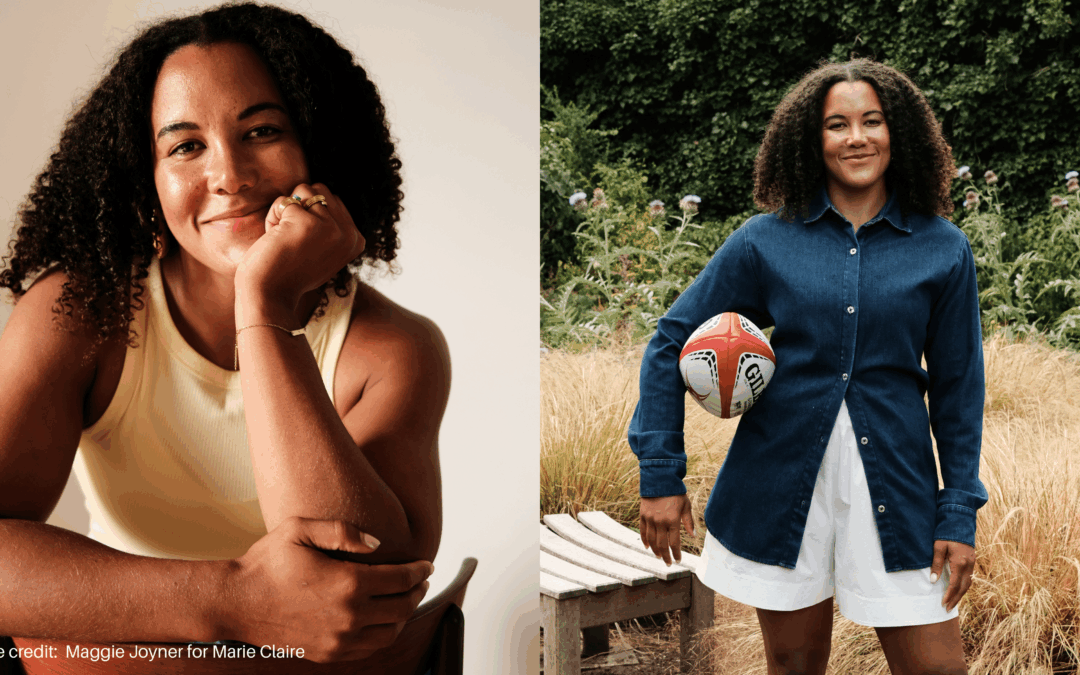The British Beauty Council has commissioned the Local Data Company (LDC) to produce a report charting the openings and closures of beauty premises on Britain’s high streets.
From famous multi-brand retailers to indie nail bars, the report gives a snapshot into beauty’s successes and challenges when it comes to its stronghold in our favourite shopping areas
Local Data Company, the UK’s most accurate provider of retail and leisure location data, has published a report on behalf of the British Beauty Company which highlights number of units and the openings and closures of premises on Britain’s high streets, across the personal care sector.
LDC’s data spans changes in retail space from September 2022 to September 2023, taking into account a range of factors such as independents versus chain shops, business types, and regional differences.
What is clear from the report is the ability of independent beauty businesses to thrive despite the difficult economic and social conditions of the past year. Closures did occur across certain business types, however independent businesses unanimously fared better than chain stores. Across the year, researchers found a positive growth of 1,653 additional independent units, and a decline of 640 multiple store units.
Amidst challenging circumstances, many other businesses continued to grow. Barbers, beauty salons and nail salons all expanded in numbers. Barbers continue to be the leading light for those seeking positive growth, increasing by 815 units since last year. Beauty salons are only shortly behind, having also gained 618 units.
In contrast, hairdressers continue to show decline, with both independent and chain hairdressers numbers decreasing. There was an overall decline by 425 units, found in all regions across Great Britain except Wales, which experienced an additional increase of 31 units. Other business areas negatively impacted included chemists/toiletries stores and hair & beauty salons.
Back in the green, the data found that positive growth was spread equally across regions in the UK, and often most notable beyond London. Whilst London also saw an increase in businesses, regional growth proved more striking when considering population density. With a population of 3.3 million, Wales saw a total increase of 118 units, whereas London’s 9.6 million population welcomed 68 units. The Northeast, with its population of only 2.6 million, also saw an increase of 102 units.
The research is a crucial insight into the beauty industry’s successes and potential areas for improvement, building upon the LDC’s previous report with the British Beauty Council. It will provide the Council with valuable data to to present to policy makers, showing where the industry is excelling and equally where certain categories need extra support.




